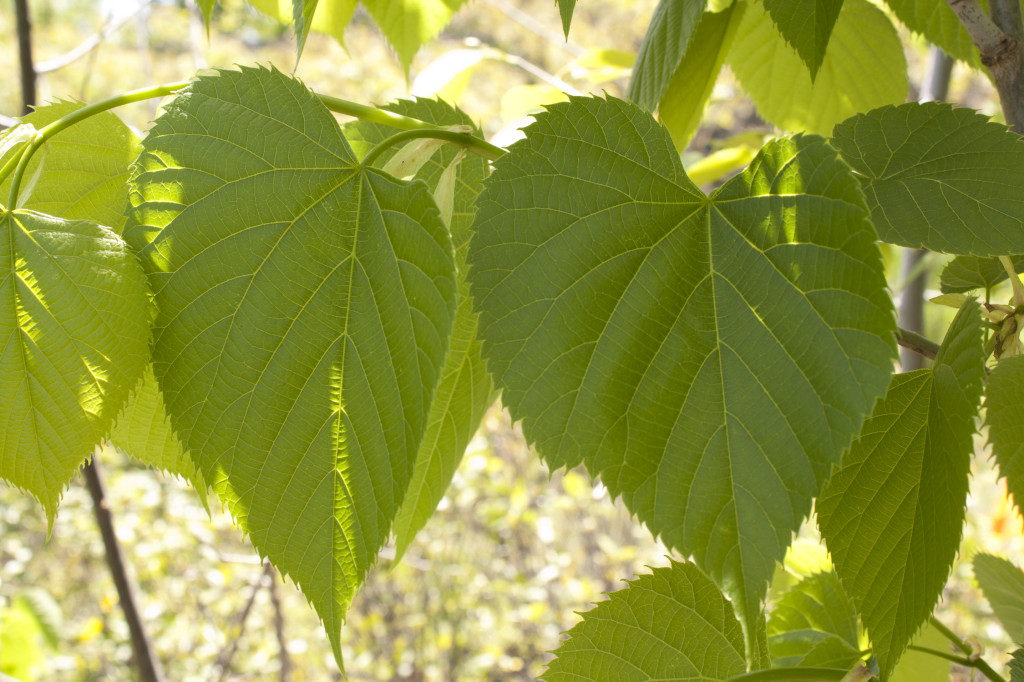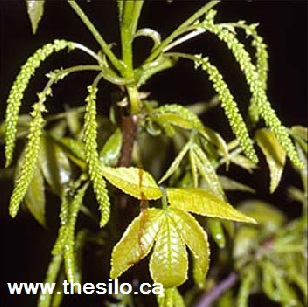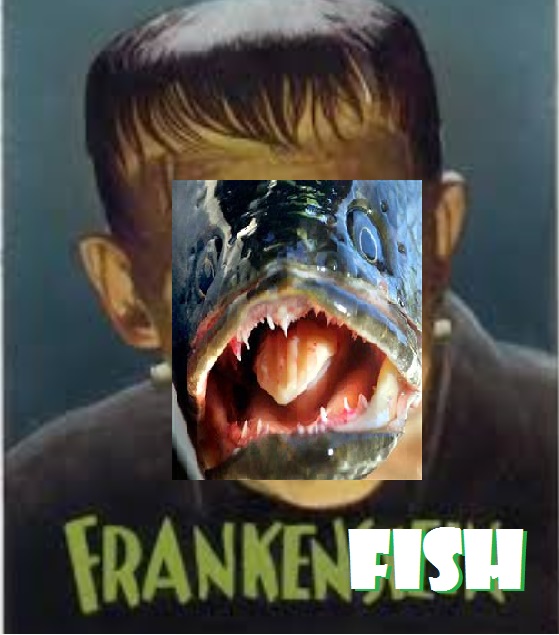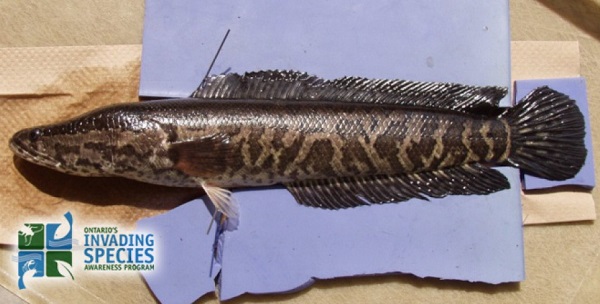There are many reasons to plant a tree – to shade your home, help the environment, or just for the pleasure and beauty it brings. There are many questions when it comes to choosing the right tree. What kind of tree will thrive in my community, and on my property? How fast will it grow? Should I worry about choosing a native Ontario tree?
The Tree Atlas
You can get answers to those questions and much more information from an online Tree Atlas (ontario.ca/treeatlas).
The Tree Atlas shows you which trees will work where you live, your soil type, and other conditions to consider. It can also help you find the kind of tree that helps you achieve other goals, like offering shade to keep your home cool in the summer, attracting birds, or a fast-growing, bushy species to hide an unsightly view.
The Tree Atlas describes trees that are native to Ontario, so you’ll be planting a tree that’s adapted to the province and supports a healthy environment. You’ll also find tips on when and how to plant a tree to give it the best chances to thrive on your property.
Trees clean our air and water, help fight climate change, increase wildlife habitat, provide shade and help prevent flooding. When you plant a tree, you’re helping the environment.
The Tree Atlas was developed by the Ministry of Natural Resources, so you can be confident that the information provided is accurate and reliable.
Many Ontario towns and cities have tree planting programs – check with your municipality for tree planting information and assistance in your area. For the Silo, Emmilia Kuisma, District Strategic Officer Ministry of Natural Resources.



